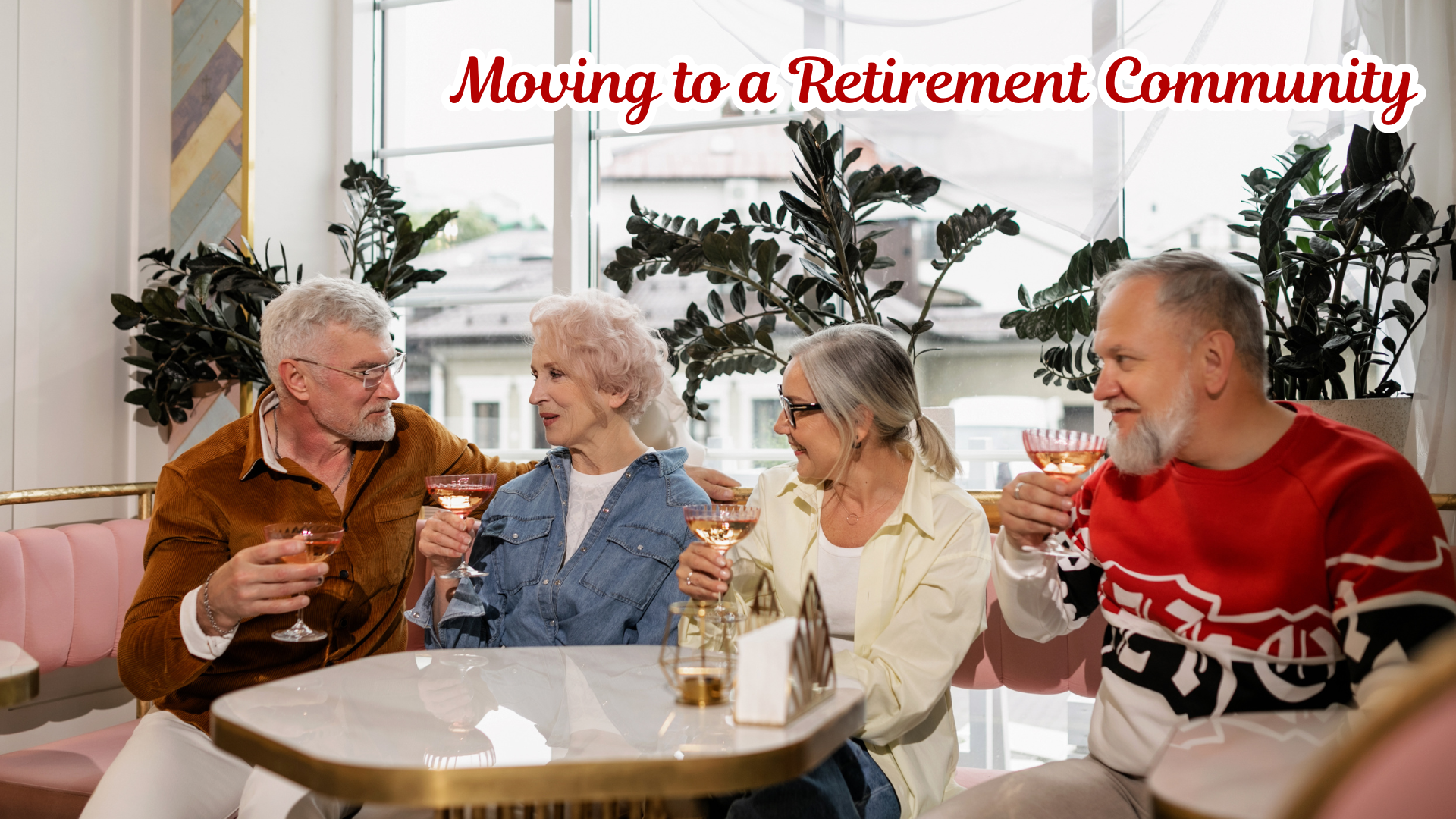Many baby boomers are thinking about their plans for retirement. One consideration may be moving into a retirement community. According to government findings,7 out of 10 Americans over the age of 65 will need some form of assisted care in their lifetime. Because of that reality, it is important to keep long-term care in mind when making the decision of whether to become a retirement community resident.
When I was growing up a retirement community was often considered to be moving to the “home.” My mom and her sister moved their mom, who was living alone in a little house, in a farming community in Kansas to a nearby “nursing home.” That was pretty much the only option in the 60s and 70s, especially in small communities. Today there are a growing number of options for aging adults.
Key factors in healthy aging include physical activity, nutrition, social engagement, cognitive stimulation and mental well-being. Taking care of your physical, mental, and cognitive health is important for healthy aging. Even making small changes in your daily life can help you live longer and better. In general, you can support your physical health by staying active, eating and sleeping well plus having regular health assessments with your doctor.
Senior Living Options
Senior living or retirement communities are designed to provide safe, comfortable lifestyles for older adults generally 55+ These communities offer varied amenities and services tailored to meet the needs and preferences of older adults. Let’s take some time to review the types of senior living options:
Age–restricted Single family home communities are growing in most large metro areas around the US. Many people have heard of Del Webb and Robson Ranch which are large developers of communities in different states. They provide age-restricted communities with homes designed for active adult living with options like larger doorways and other design features popular with aging adults. There are also smaller developments by many builders in many states that provide homes designed to accommodate aging adults. These communities typically have community centers, swimming pools and other amenities like pickle ball or bocce ball courts.
Active 55+ apartment home communities are another option. These are typically age-restricted communities that are designed for older adults. In these communities there are usually frequent opportunities for social engagement like happy hours and groups that enjoy playing cards, dominos and other activities. Most Active 55+ apartment communities typically have pools and workout facilities.
For older adults looking for other options with meals and other services here are several other options.
Independent Living Communities residents have their own apartment usually with a kitchen, living area, bedroom(s) and bathroom(s). Independent Living communities offer additional service like meals. Typically, they offer 2 meals per person each day which includes breakfast and a choice of either lunch or dinner. Most IL communities offer residents housekeeping services available on a weekly basis. Many have onsite rehabilitation and transportation services as well. Of course, frequent opportunities for social engagement like happy hours, game and hobby groups and other activities are also part of Independent Living lifestyle.
Assisted Living Communities help residents more with the activities of daily living. Assisted Living residents typically have their own rooms and bathrooms with shared common areas. Sometimes 2 residents may share an assisted living room. Residents have access to many services, including three meals per day; assistance with personal care, help with medications, housekeeping, and laundry plus social and recreational activities.
Memory Care Communities are a specialized type of senior living designed to provide a safe and supportive environment for individuals with Alzheimer’s disease, dementia, or other memory-related conditions. These communities offer a range of services and amenities tailored to meet the unique needs of residents, including round-the-clock supervision, secure environments to ensure the safety of those who may be prone to wandering or confusion, specialized care plans, and a trained staff to address the specific cognitive and physical needs of the residents. Many memory care communities also provide resources and support to family members.
Continuing Care Retirement Communities (CCRCs) aka Life Care Communities offer a continuum of care, allowing residents to transition between different levels of care as their needs change – all on the same campus. Usually, CCRCs require residents to start in Independent Living. Where you live depends on your required level of care. CCRCs are designed to provide a seamless transition between these levels of care, ensuring that residents can remain in the same community even as their needs change. This continuity of care offers peace of mind to both residents and their families, knowing that they will receive the appropriate level of care without having to move to a different facility Many CCRC or Life Care Communities have a large entry fee, sometimes as much as $500,000 or more to ensure continued care for residents even if they can no longer pay their monthly residence fees. A certain percentage of the entry fee may be refundable to residents, or their family should they move or do not have a deficit balance.
Finding the Community That’s Right for You
The next step is finding a retirement community that will improve the quality of your life and cater to your needs. Here are a few key features that you may want to look for in a retirement community that will make your stay comfortable and pleasing:
- Spacious living area.Many retirees are hesitant to move into a retirement community because they are concerned about the idea of downsizing from their current home. A living space with plenty of room for storage and having company will make you feel more at home.
- High-speed Internet access.The common perception that older adults don’t use the Internet is no longer valid. A research study conducted by Google and Ipsos found that 78% of boomers are engaging with online content on a daily basis. Older retirement communities may have outdated systems that don’t provide high-speed wireless internet, which isn’t ideal for tech-savvy boomers.
- Proximity.The closer you are to the general community, the better. This way you can still be a part of your old community and be closer to family and friends. The older you get, the more difficult it will be to travel so provided transportation is also a must.
- Recreational activities.While everyone’s level of activeness varies, having activities available in the community, both physical and social, will bring value and happiness to your life. Research shows that those who are regularly active improve their chances of living longer than those who are not.*
Moving to a retirement community is a big decision, but it can also open the door to a more active, connected, and supported lifestyle. By carefully considering your needs, preferences, and long-term goals, you can find a community that helps you thrive and gives both you and your loved one’s peace of mind.
If you’re interested in finding out more about your options, give us a call at 817-330-9235. We’d love to help you plan your next chapter.



